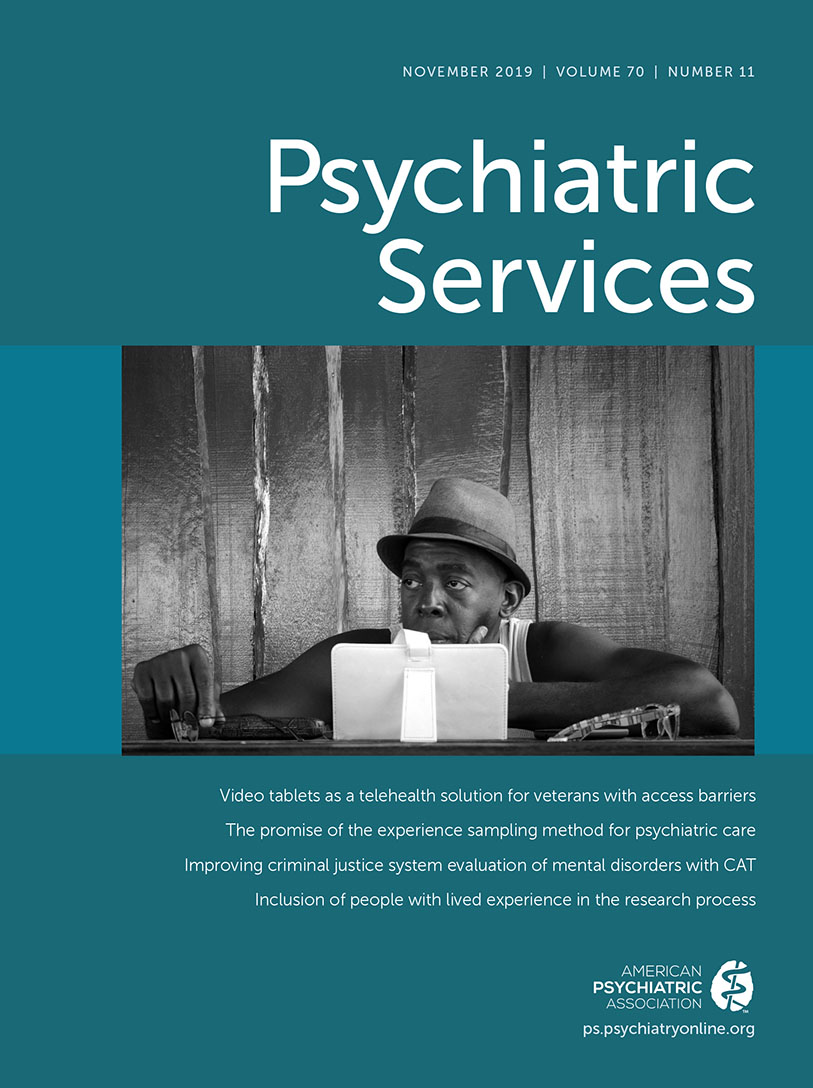Use of Drug Treatment Services Among Adults With Opioid Use Disorder: Rates, Patterns, and Correlates
Abstract
Objectives:
The study examined rates, patterns, and correlates of drug treatment services use among adults with opioid use disorder compared with adults with other drug use disorders.
Methods:
Data were from the 2012–2013 National Epidemiologic Survey on Alcohol and Related Conditions–III, which surveyed a nationally representative sample of noninstitutionalized U.S. civilian adults. The proportions reporting drug treatment services use were compared between those with opioid use disorder and those with other drug use disorders. Multivariable-adjusted regression analyses identified factors associated with service use.
Results:
Adults with opioid use disorder (N=330, unweighted) reported a very low rate of any drug-related health services use (17.3%), although the rate was higher than among adults with other drug use disorders (7.4%) (p<0.001). Crisis-related services were the most common type of service used among adults with opioid use disorder (6.2%)—significantly higher than the rate among those with other drug use disorders (0.6%) (p<0.001). Few (3.3%) adults with opioid use disorder used outpatient drug treatment services. Among all adults with drug use disorders, opioid use disorder was associated with greater odds of using drug treatment services (adjusted odds ratio=2.43; 95% confidence interval=1.38–4.28). Living in the West and reporting moderate to extreme pain were associated with a lower likelihood of service use among all adults with drug use disorders (p<0.05 for each).
Conclusions:
Most adults with opioid use disorder remain untreated, much less received outpatient treatment to address their addiction. Interventions are needed to improve access to and motivation for care among these vulnerable adults.



